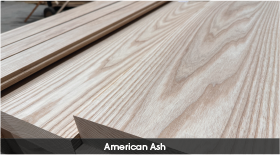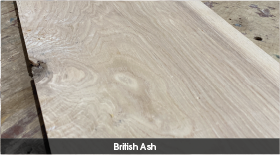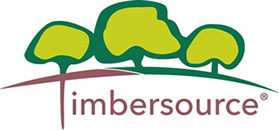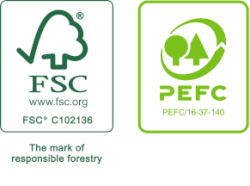What's the difference between British and imported timbers?
Buying and using British timbers is extremely important for a number of reasons. The key benefits include supporting the British economy, reducing carbon emissions where timbers do not travel the world and locking away carbon within our own forests and, not forgetting, providing a habitat for our British wildlife.

There is something charming about British timber and the wholesome feeling you get when harnessing what grows around us, to make something useful or decorative. Having a piece of our landscape to cherish as a part of our built environment is a magical thing. So why do we import so much timber in the UK?
According to a recent article on the government’s website, currently 80% of the UK’s used timber is imported from overseas. There is a new government initiative to grow more timber in the UK and develop our woodlands to reduce our dependency on imported timber. However, the fact remains that the timber industry demands a huge amount of international timbers.
As anyone that works with timber will know, timbers of different species that grow in a variety of different climates, all have their strengths for performing in different uses. Boat building, kitchens, cabinet making, furniture, worktops, cladding, structural beams and many more uses, all have their specific influence on timber choice.
I have found the common contrasts in British timbers to that of their international counterparts is the amount of character. It seems most of these imported timbers from foreign forests, have been cultivated with a focus on that timber’s specialist usage. Timber from overseas invariably boasts wider, more consistent heartwood in a greater abundance. Our British equivalents tend to have larger and more frequent knots where they have grown wild as opposed to more industrious cultivation.
Consistency in clearer timber is deemed, “better quality” as it relates to the strength, stability and appearance of the timber but what if you like the characterful look?
Some of our top timbers that illustrate the difference are the following:
Canadian Cedar and British Cedar
Canadian is usually sold as 80/20 which indicates the likely percentage of the board that will contain any knots. Knots are very infrequent in the Canadian and the colour ranges from mainly pink to orangey brown. British Cedar contains a lot more knots and the knots are less stable. The colour is more of a cream to brown.
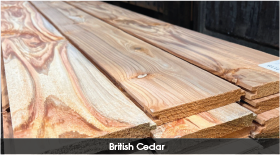
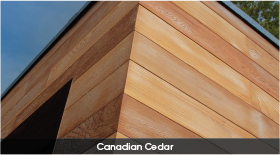
English Oak, European and American Oak
The very little English Oak left in our woodlands tends to have grown very wild and not cultivated like the European and American equivalents. Therefore, English oak will have a very wild swirling grain pattern with very interesting knots and pips. This is where you find terms like, ‘pippy oak’ and, ‘cat’s paw’ referring to the holes and character detail in the timber. European Oak displays similar qualities with its character and has a huge variety of different grades where varieties are sorted into their character-based categories. American is the least characterful out of the three types and, even in lower grades, will have fewer knots and a straight grain.
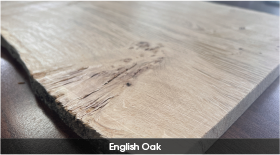
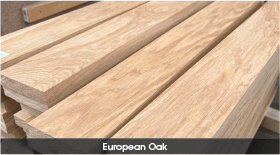
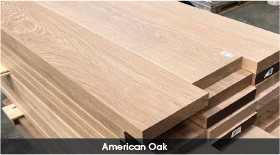
Siberian Larch and British Larch
The main visible difference here is the frequency, size of knots and that the British will likely have knots that will or have fallen out. These are known as, ‘drop knots’ and can compromise the longevity of cladding. British Larch however is a lot more sustainable and cost effective so adding 10-20% wastage to mitigate drop knots may still be a more efficient way to purchase. Another characteristic here is lifespan; Siberian Larch is resinous and can last outdoors untreated for more than double the life.
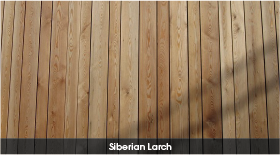
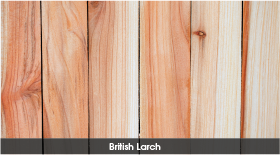
North American Douglas Fir and British Douglas Fir
North American is mainly sold as 90/10 where roughly 10% of the board will contain knots. It is a very clear product which makes it very visually appealing on contemporary architecture and very stable. The British is very similar in pink colour but has a lot more knots. The knots in the homegrown can be large in diameter and can give a more rustic appearance.
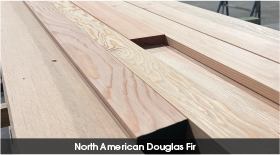
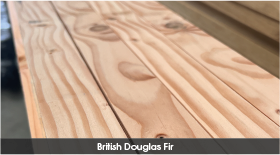
American Ash and British Ash
These timbers are very similar in appearance with the colour and grain pattern looking alike. The British does tend to have a wilder grain pattern and more character. American ash is far more abundant than the British especially as we have experienced huge losses due to, ‘ash die back’. As a result, it is far rarer to achieve the same widths and thicknesses with the British compared to that of the American.
